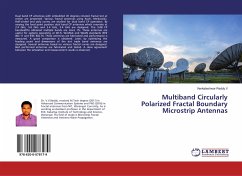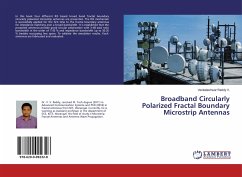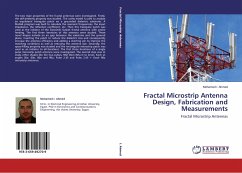The present work makes use of the unique features of fractals such as self similarity and space-filling properties to realize antennas that are characterized by multiband and compact size. The application of the geometric partial arrangement property which known as (Koch) with fourth iteration is adopted in this work. Several tests are conducted to make these antennas operate within the frequency bands (2.4 GHz and 5.8GHz) standards IEEE 802.11 b/g and IEEE 802.11a respectively for the purposes of wireless communication applications. Modeling and performance evaluation of the proposed antennas are analyzed and optimized using CST software package, which utilizes the Finite Integral Technique (FIT) for electromagnetic computation. In this work, new four miniaturized antennas with multiband behavior are proposed. Each one of these antennas based on the basis of a well-known antenna called Planar Inverted F-Antenna (PIFA), commonly used as a single-band antenna in mobile terminals.The proposed antennas are Fractal Planar Inverted F-Antenna,Slot-Fractal Planar Inverted F-Antenna, Folded- Fractal Planar Inverted F-Antenna, and Rotated Folded -Fractal Planar Inverted F-Antenna.








